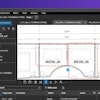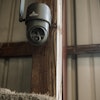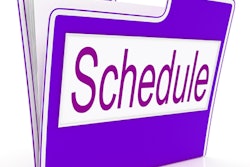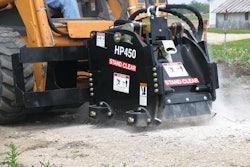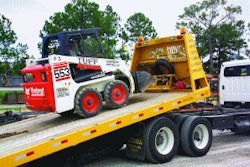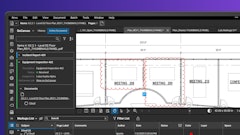
One of the most common errors contractors make is to severely under-estimate the impact front office effectiveness has on field productivity. Delayed task completion by the front office magnifies itself in the field.
Front office delays lead to field crews standing around. They lead to field crews changing the work sequence away from the most efficient sequence to a far less efficient sequence all in the attempt to stay busy and keep the project moving forwards.
For every clock hour lost in the field due to inefficiently, the cost is magnified by two, three, up to seven man-hours depending on the trade.
An understaffed front office is the most common root cause of office driven field delays. Insufficient technology is the second most common.
Here is a list of the technology you should be embracing:
- Powerful computers with up-to-date software
- Two 24-inch monitors (or larger) for each office worker
- Networked laser printers and scanners
- Extremely high speed Internet (1 ghz preferred)
- Cloud storage and/or a virtual private network (VPN)
- Network server with Microsoft Exchange, mirrored drives and auto backup of all computers including laptops
- Standardized electronic filing system
- User-friendly, appropriately featured software including: estimating, accounting, project management, scheduling and contact management
“Penny wise and pound foolish” applies to most business owner’s perspective on technology and office tools. They will look for the cheapest option when it comes to computers. They will push the life of a computer until it virtually stops working all to save $1,000 to $1,500 every other year. Penny wise and pound foolish.
You should plan on replacing laptops every other year — every third year at the most. And speaking of laptops, you get much more bang for the buck with a desktop. With the advent of cloud storage and VPN access to a remote server with unique login, if you fit your office staff with desktops and bought one or two or a small handful of laptops to be used when a project manager needs to go into the field you would likely discover that the inconvenience is minor and the desktops are far more powerful.
Another great option is to give everyone a 2 TB portable drive and install syncing software. This is how I work. I have a desktop in my office, keep a laptop at home and use a portable drive to moves files and keep both computers sync’d.
Moving on to my favorite head-scratcher: computer monitors. High quality 24-inch monitors can be picked up for less than $250. Nothing, and I mean nothing, improves front office productivity more than using two 24-inch monitors.
Several years ago Microsoft ran an experiment testing worker productivity of a standard 19-inch monitor against two 30-inch monitors. Measured productivity increased by 50%! That’s getting 20 hours of extra work weekly for the cost of two monitors. Isn’t a $500 investment per employee worth an extra 20 hours of output a week?
The benefits of networking your printers and scanners are more subtle. I recommend it mostly from a standpoint of saving desk space, reducing printing and focusing your investment on high speed, high caliber, flexible printing. Good printers that can print multiple sizes of paper up to 11 inches by 17 inches are not cheap, but they can be handy as all get out when you need them.
Most likely you download large drawing files from the Internet. Your team probably uploads large documents now and then. Waiting on the downloads and uploads is frustrating for workers and a waste of time. Get the fastest Internet available assuming reasonable pricing.
There are several cloud storage services available. I’ve been using Box.com the last several months in collaboration with several other teammates on a joint project. Box.com is very user friendly with great organizing features. Box Sync and Box Edit make it easy to back up your computer and work on shared documents.
Another, more secure, option is to install a network server with automatic syncing and backup of all office computers. The primary advantage of installing a network server is that you can run Microsoft Exchange on it for centralized email processing and storage. The second advantage of installing a server is centralizing storage for all files.
Computers die. The best way to protect against losing critical information is to work off of a server with mirrored drives. The second best way is to have your server automatically and frequently backing up all computers.
Last but not least is the software you use. The most common mistake I see with software is people not developing the skills to use the software they should be — specifically not learning and mastering Microsoft Excel. Use software that was designed for the task at hand. Don’t try to use the software you are familiar with in a way that it wasn’t meant to be used.
You are probably waiting with baited breadth for my advice on estimating and accounting software. Pick packages that give you the features you NEED not the ones you dream about. The more features a package has the less user-friendly it will be…and the less likely you will use it like you need to.
Another often overlooked driver of office inefficiency is the configuration of the office space. Typically, construction offices are cramped and poorly arranged. Here are a few items to consider and implement if possible:
- Large conference room with white wall, projector screen and conference phone
- Small conference room for four people
- Proper lighting — neither too bright nor too dark
- Desk phones with headsets
- Sufficient desk and lay down space
- Well organized central filing cabinets
- Vertical racks to hold construction drawing sets
- Private office for accounting staff
- A foremen’s office
- A large space where most or all of the employees can gather
Invest money in your front office tools and space. Never underestimate the havoc front office inefficiency will have on your field costs and therefore your bottom line.

